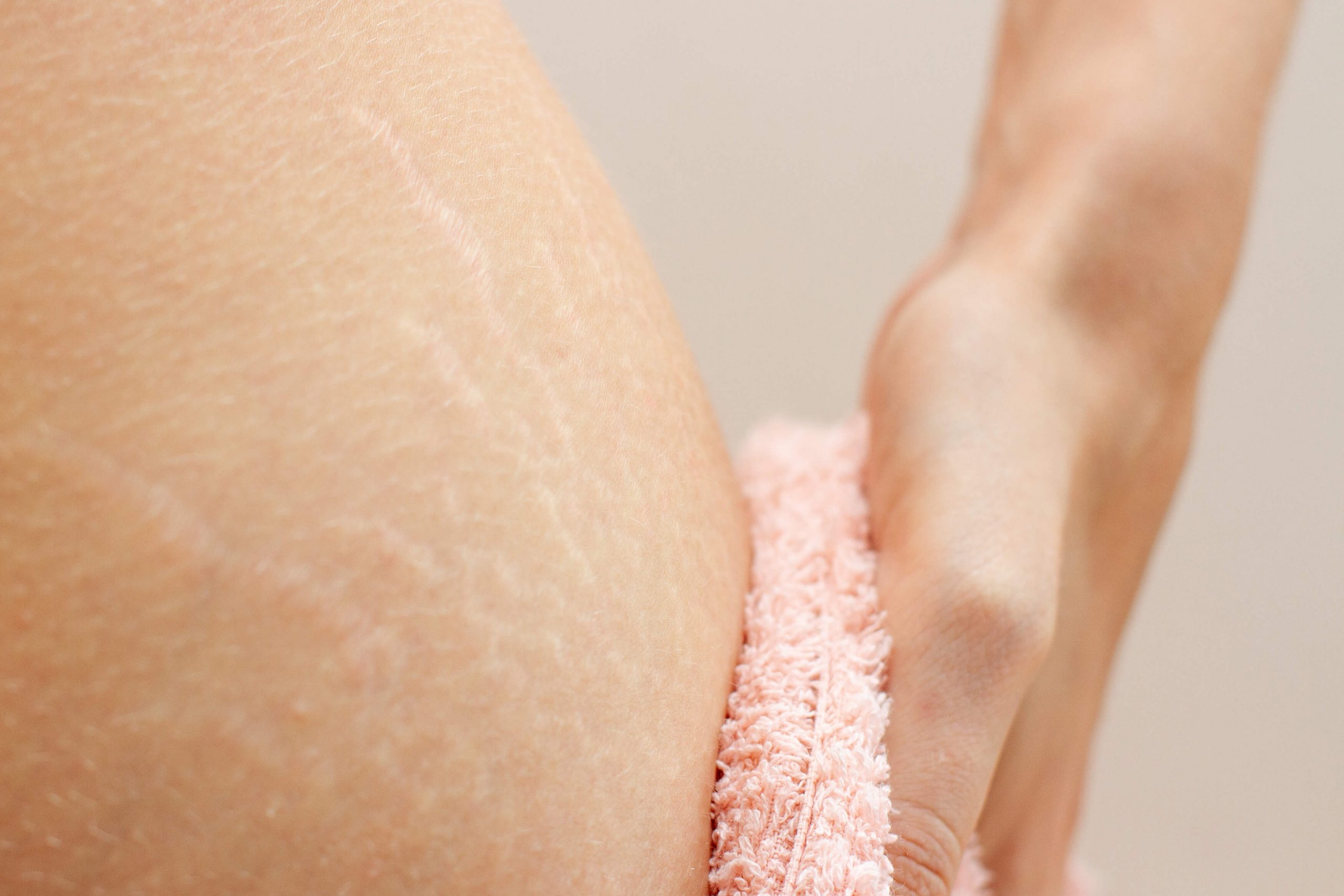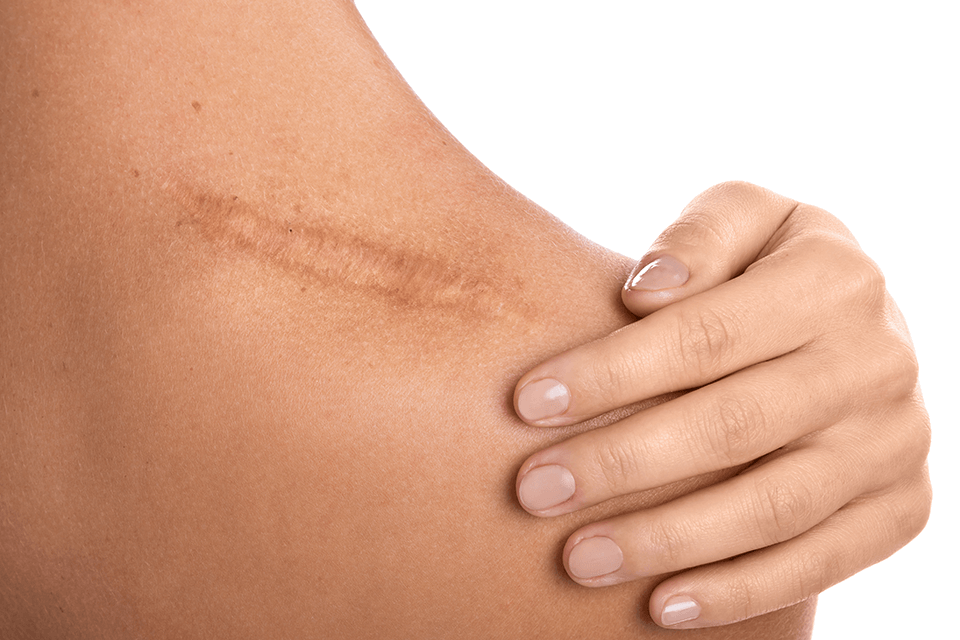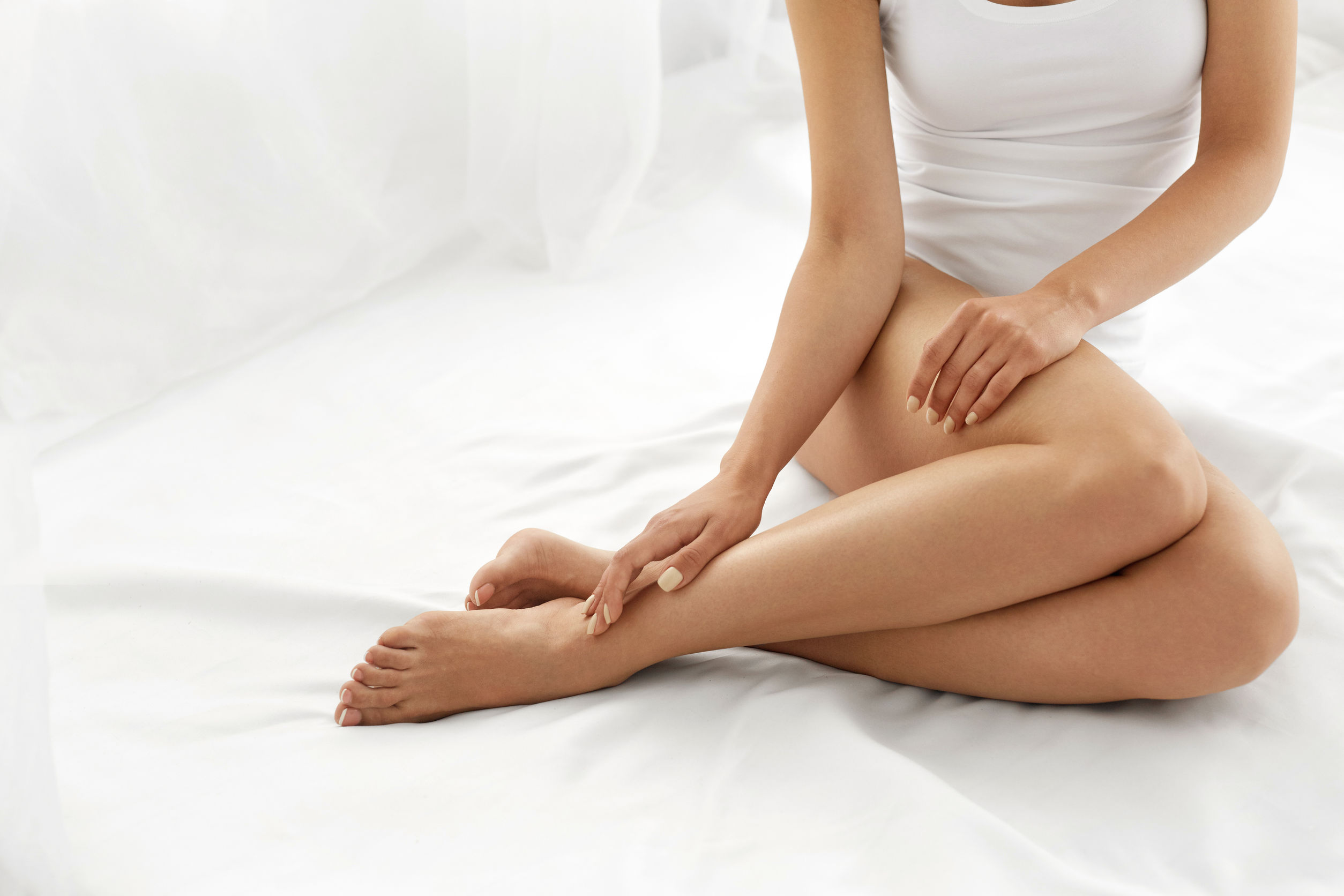Lifestyle and Beauty
10 Stretch Marks Myths, Debunked!

As much as many women try to prevent and reduce stretch marks, sometimes they just cannot be controlled. They are formed due to tears in the dermis layer of your skin which can be caused by teenage growth spurts, pregnancy, rapid weight gain or loss, and hormonal changes. Genetics can also play a part in whether you get stretch marks.
While you cannot totally prevent stretch marks or make them disappear, there are ways to minimize their appearance. Here are the top 10 myths about stretch marks debunked to help you clear any misconceptions about them.
Myth 1: Thinner people don’t get stretch marks
While weight gain is one of the causes of stretch marks, growth spurts, puberty, hormonal changes and rapid weight gain or loss can contribute to stretch marks for those who are skinny.
Stretch marks can also easily appear if your body is not well hydrated or cared for (in terms of your diet, health, etc.).
Myth 2: Stretch marks are only caused by skin stretching
Skin stretching isn’t the only reason why there are small tears in the dermis layer. Stress, medication, hormonal changes during pregnancy and even genetics can play a part.
For example, if your mother developed stretch marks easily during her pregnancy, there is a higher chance that you will also experience them.
Myth 3: Stretch marks will disappear if you lose weight
Many people have the misconception that if gaining weight leads to stretch marks, losing weight will reverse that effect. However, stretch marks are actually scars formed from tears in the dermis and the damage cannot be repaired.
Losing weight simply reduces the stretching on your skin so you are less likely to get more stretch marks but that doesn’t mean you can get rid of the existing ones. Rapid weight loss can even make your stretch marks more obvious.
Some people find that stretch marks aren’t as noticeable on a toned body but take note, stretch marks do not disappear on their own.
Myth 4: Stretch marks will heal over time on their own
Similar to how scars don’t heal even over an extended period of time, stretch marks will not heal too. This is because the elastin protein fibers in the dermis layer of your skin have been damaged. However, even if they do not heal, their appearance may fade over time.
Typically, topical creams or treatments can be used to improve or reduce their appearance.
Latest Articles
How Are Abdominal Hernias Treated?
What to Expect from Colorectal Surgery
How to Treat Breast Inflammatory Conditions
Gynaecomastia: Understanding Male Breast Cancer
Myth 5: Only women get stretch marks
Stretch marks can happen to both men and women since they are caused by the stretching of the skin.
This can occur due to growth spurts, weight gain or loss, puberty and hormonal disorders which can also happen to men. Bodybuilding or intense workouts can also increase the chances of stretch marks appearing on your body, with the rapid increase of muscle mass in your arms and shoulders.
Men generally produce less collagen, so they need more time to heal any damage to their skin. Any method to prevent and reduce stretch marks works similarly for both men and women.
Myth 6: Stretch marks only occur on the tummy
Stretch marks can occur anywhere on your body where growth has outpaced your skin’s ability to stretch.
Areas particularly prone to scarring are your hips, thighs, lower belly, breasts and where your skin can be stretched through weight gain or loss.
Myth 7: All women will get stretch marks after pregnancy
Not all women get stretch marks after pregnancy. Some are lucky not to have stretch marks throughout their pregnancy journey. Whether you get them or not really depends on your skin type, and how elastic it is.
Women who have a higher chance of getting stretch marks include those who are obese, have bigger babies, experience high weight-gain or are younger when they are pregnant.
Myth 8: Tanning can help cover up stretch marks
Stretch marks are typically a lighter colour than the rest of your skin. When it comes to tanning, stretch marks don’t tan, so as the surrounding areas of your skin darken, it will actually make the stretch marks more obvious. Remember to take note of your skin health if you do head out in the sun.
Myth 9: Stretch marks are all one colour
Newer stretch marks that are less than a year old tend to have a red or purple tone because of the blood vessels that are under the skin. They then turn more purple and eventually turn into a silver or white colour. Stretch marks that have been around for a while, tend to be white.
The shape and colour of stretch marks can also vary from person to person depending on how severe they are and the location of the stretch marks on your body.
Myth 10: There are no treatments for stretch marks
There are treatments available that can minimize the appearance of stretch marks and help you reduce your chances of developing stretch marks in the future, although their effectiveness can vary.
Stretch mark creams enable you to supply your skin with nutrients to reduce the appearance of white stretch marks, lighten red stretch marks, or make them look less obvious overall.
For people with darker skin who may have more obvious stretch marks, there are also treatments and creams available in the market, designed to cater to them.
Conclusion
Stretch marks can happen to people of any gender and can appear on any part of your body. Apart from rapid weight gain or pregnancy, there are many other reasons that can also cause the skin to stretch such as hormonal changes and even genetics. Although stretch marks cannot be totally removed, they do get lighter over time. With the help of stretch mark creams and oils, they can be effective to help tone, tighten and increase your skin elasticity.
WHO WE ARE
About SOG Health Pte. Ltd.
Established in 2011, SOG Health Pte. Ltd. (“SOG”) is a leading healthcare service provider dedicated to delivering holistic health and wellness services to the modern family.
With a long and established track record in Singapore providing Obstetrics and Gynaecology (“O&G”) services such as pre-pregnancy counselling, delivery, pregnancy and post-delivery care, the Group has since further expanded its spectrum of healthcare services to include Paediatrics, Dermatology, and Cancer-related General Surgery (Colorectal, Breast & Thyroid).
The Group’s clinics, under its four operating segments of O&G, Paediatrics, Oncology and Dermatology, are strategically located throughout Singapore to provide easy access to its patients.
- Obstetrics
- Gynaecology
- GynaeOncology
- Breast, Thyroid & General Surgery
- Colorectal, Endoscopy & General Surgery
- Dermatology
- Paediatrics
Consult With A Specialist From SOG
Visit one of our specialists today to learn more about your health!
Recommended Specialists
Book An Appointment
Fill up this form and our clinic will get back to you shortly.
For general enquiries, please click here.



